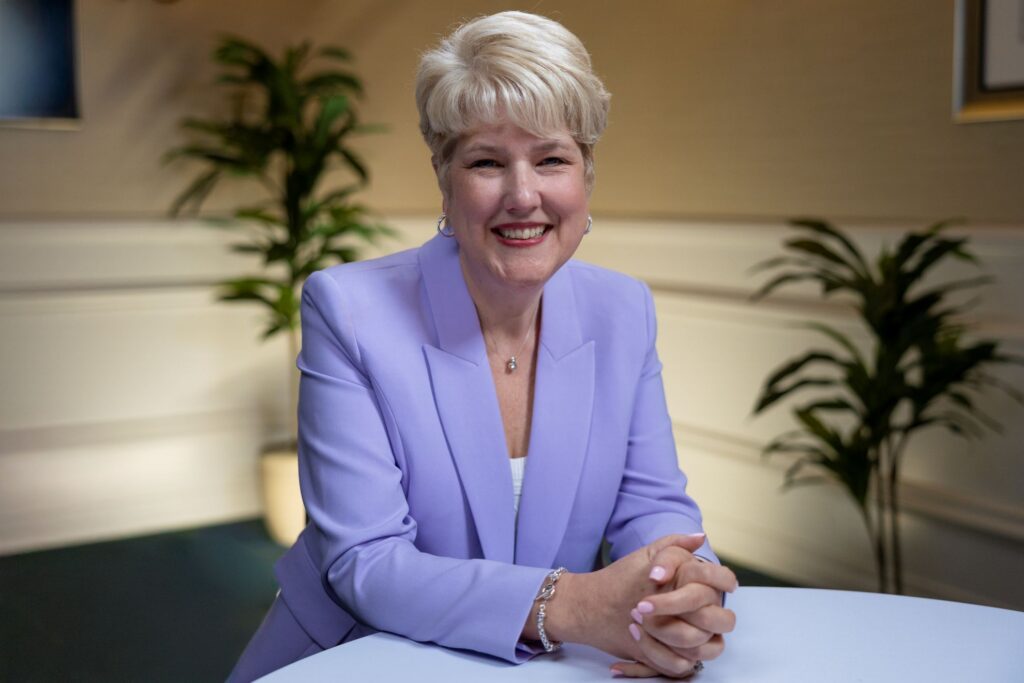
Alliance Defending Freedom has been blessed with 16 victories at the U.S. Supreme Court since 2011. While decision day gets the most publicity, the actual arguments before the Court, which happen months before, require intense preparation. Here are some insights on how advocates generally prepare.
The advocate starts by studying the written briefs and records.
The attorneys preparing for oral arguments have already submitted their briefs explaining why their side should win the case. That means the main legal points of both sides are not secrets to be revealed for the first time at the oral arguments. Nonetheless, the advocate must work hard to develop her oral argument because written briefs contain much more information than what can be conveyed at oral arguments. This means the advocate must select the most important points to emphasize in the limited time at oral argument. Think of the oral argument as a “greatest hits” album of the written briefs.
The advocate must develop a clear, pithy theme that arranges and orders all of the law and the facts in the case.
The advocate has two main goals with an oral argument: first, provide to the justices an organizing theme that explains and makes sense of all the relevant facts and law in the case, and second, answer difficult questions in a persuasive manner that convinces the justices to vote the right way.
So as the advocate begins reading the record in the case and the relevant court decisions, she creates an overall defining theme that connects and makes sense of all the facts and the law in the case. Think of the facts and the law as a big bucket of Legos in the courtroom. Advocates seek to avoid a meandering, unfocused oral argument that would, in effect, hold up to the justices a yellow flat plastic brick or a curved red brick, with no explanation of how all the bricks in the case fit together.
A skilled oral advocate develops a theme that organizes all the relevant facts and law into a coherent whole, like, “All of these Legos make the Eiffel Tower or the Golden Gate Bridge.” A good theme is like the sun in the center of the solar system – all the law and facts rotate around the organizing principle in nice elliptical orbits. This organizing theme shows the justices how everything fits together in the case, which guides the justices on what to write in their opinion.
When she argued Masterpiece Cakeshop, Ltd. v. Colorado Civil Rights Commission at the Supreme Court in 2017, Kristen Waggoner (now ADF’s CEO, president, and general counsel) gave the justices an excellent organizing theme. She explained that Jack Phillips serves all customers but does not create all messages. This short phrase helped the justices to see that Jack Phillips serves everyone—no matter their background. But his custom-designed cakes communicate messages, some of which he cannot in good conscience create for anyone. This theme helped give the justices a clear model of how to think about all the specific facts and relevant laws in the case.
The advocate welcomes questions and must be ready to go deep on any point that a justice wants to explore.
While questions from a justice may present danger for the advocate, they also bring opportunity. Questions are dangerous because an ill-prepared advocate can lose the case with one thoughtless answer.
But questions from the bench also offer great opportunities to help the advocate win the case because a justice’s questions can reveal what a justice thinks is important in the case, revealing where the justice has “mental roadblocks” preventing that justice from voting in your favor. The advocate can formulate an answer that steers the justice around that “mental roadblock.” Therefore, the advocate must be able to answer questions discerningly and effectively, with a deep knowledge of the record and the relevant case law.
So here, the two main aspects of an effective oral argument manifest in the courtroom: the advocate gives her overall organizing theme of the case and stands ready to answer any question from the bench and to delve deeply into any aspect of the case that a justice wants to examine more thoroughly. This means that massive, thorough preparation in designing a good theme and developing effective answers to difficult questions is the only way to a successful oral argument.
The advocate practices with moot courts to “test drive” her arguments and answers to difficult questions.
Once an advocate formulates a theme and prepares answers to difficult questions, she then “test drives” them in front of moot courts. Moot courts are practice oral argument rounds, with smart colleagues peppering the advocate with difficult questions. If the answers don’t work well, the friendly moot court judges can help the advocate develop better answers for the real oral arguments. These moot court judges bring fresh eyes to the case. Their collective wisdom can help refine the theme and improve the answers to difficult questions.
Usually, the best moot court judges are brilliant lawyer friends who want you to win, and who have not marinated in the facts and law of the particular case the way the advocate and her team of attorneys have done. It is amazing how a moot court of outsiders can come up with issues and questions that the attorneys who have been concentrating on the case for years have never thought of. At the Supreme Court level, most advocates do around three to six moot courts. In order to peak at the right time, an advocate will schedule moot courts in the two to three weeks before the oral arguments.
The advocate tries to relax and get a good night’s sleep before the oral argument, with lots of thinking churning in the back of her mind.
Many advocates stay at a hotel near the Supreme Court so they can isolate and concentrate on preparation and be near the Court building on the morning of the oral arguments. An advocate does not want to be trapped in a big traffic jam on the highway on the way to the Court.
The advocate and the two or three attorneys who will sit at counsel table with her usually get to the Court building at least an hour before the oral arguments, which start at 10:00 a.m. The Clerk of Court assembles the attorneys who will be arguing in the Lawyers’ Lounge and explains the details for the morning’s hearing. The Clerk escorts the attorneys to their tables in front of the bench, as visitors and other guests are escorted to the general admission seats. The security guards make sure everyone is seated before the buzzer sounds precisely at 10:00 a.m., as the justices emerge in trios from behind the thick burgundy curtains. The Marshal announces that the Supreme Court is now in session and ends with, “God save the United States and this Honorable Court,” as she whacks the gavel. The justices take their seats. The Chief Justice calls the first case. The advocate rises and approaches the podium with heart pounding and energy rising. She begins with the opening formality: “Mr. Chief Justice and may it please the Court ….” The oral arguments are underway.




